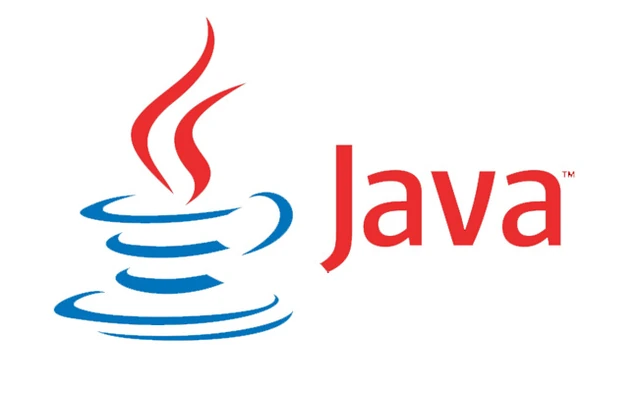Use Java to send email

In order to create a Java applicagtion to send email, you will have to have JavaMail API and Java Activation Framework installed on your machine.
JavaMail can be found here.
Java Activation Framework can be found here.
Download and unzip these files, in the newly unzipped directories, you will find jar filess for both the applications. You need to add mail.jar and activation.jar files in your CLASSPATH.
In this example, it is assumed that you have a smtp server installed on the machine such as Postcast server, Apache James server, Cmail server etc.
First, the jar files must me imported by adding the following lines :
1 import java.util.*; 2 import javax.mail.*; 3 import javax.mail.internet.*; 4 import javax.activation.*;
Next, we will declare string variables for the message components and the host :
1 String to = "recipient@some_email.com"; 2 String from = "from@some_email.com"; 3 String subject = "Some subject"; 4 String messageBody = "Text in the body of the email" ; 5 6 String host = "localhost"; 7 String smtpServer = "someSMTPserver" ;
Finally, assemble the message by instantiating a MimeMessage ( "message" in this case ) and send it out using Transport :
1 try
2 {
3 MimeMessage message = new MimeMessage( session );
4 message.setFrom( new InternetAddress( from ) );
5 message.addRecipient( Message.RecipientType.TO, new InternetAddress( to ) );
6 message.setSubject( subject );
7 message.setText( messageBody );
8
9 Transport.send(message);
10 System.out.println( "Sucess!" );
11 }
12 catch (MessagingException ex)
13 {
14 ex.printStackTrace();
15 }
Full code
Here is the full code assembled :
1 import java.util.*;
2 import javax.mail.*;
3 import javax.mail.internet.*;
4 import javax.activation.*;
5
6
7 public class SendEmail
8 {
9
10 public static void main(String [] args)
11 {
12
13 String to = "recipient@some_email.com";
14 String from = "from@some_email.com";
15 String host = "localhost";
16 String smtpServer = "someSMTPserver" ;
17 String subject = "Some subject";
18 String messageBody = "Text in the body of the email" ;
19
20 // Get system properties
21 Properties properties = System.getProperties();
22
23 properties.setProperty( smtpServer, host );
24
25 Session session = Session.getDefaultInstance(properties);
26
27 try
28 {
29 MimeMessage message = new MimeMessage( session );
30 message.setFrom( new InternetAddress( from ) );
31 message.addRecipient( Message.RecipientType.TO, new InternetAddress( to ) );
32 message.setSubject( subject );
33 message.setText( messageBody );
34
35 Transport.send(message);
36 System.out.println( "Sucess!" );
37 }
38 catch (MessagingException ex)
39 {
40 ex.printStackTrace();
41 }
42 }
43 }